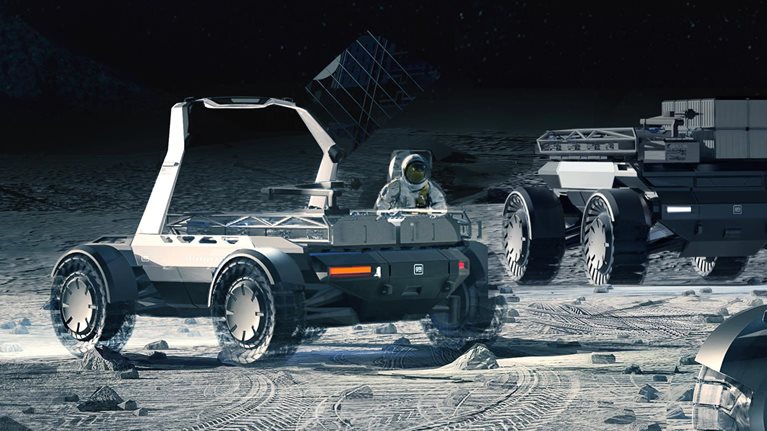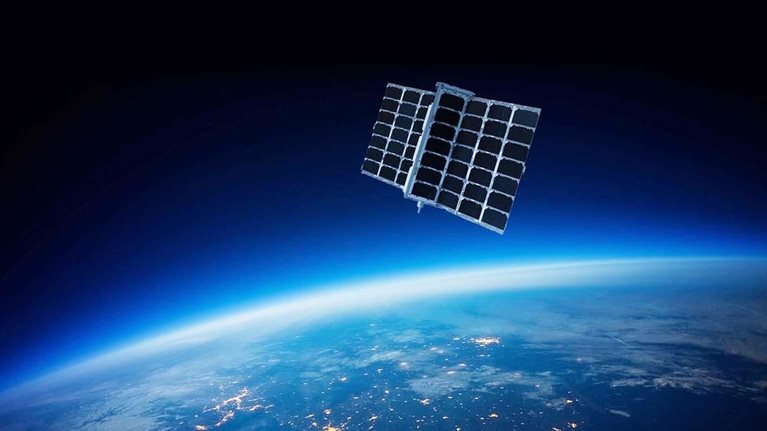Humans have been fascinated by the mysteries of the cosmos for thousands of years, and we’ve been venturing into space for more than six decades. The desire to discover more about outer space continues to create new opportunities as well as new challenges. Hear three McKinsey experts’ views on the future of the space sector.
What might space travel look like?
Jess Harrington: Space tourism is still in its infancy, and as of right now there’s not a whole lot to do in space. It’s like a very expensive rollercoaster.
Chris Daehnick: We’re a long way, I think, from having people who are basically untrained astronauts go out and do extravehicular-type activities. Also, long-term stays in space are not easy on the body.
Jess Harrington: Beyond 2030, maybe you do see space hotels where you have the ability to do a moon walk.
Chris Daehnick: Who knows, if there was a colony on Mars, that might be a place where you go for a year.
Jesse Klempner: The most important thing that I think we have to keep in mind is that despite the fact that 600 or 700 individuals have actually gone into space, space should exist within an industrial concept to support the people on Earth. I do believe that point-to-point transport is a use case that is not explored or thought about enough today. Point-to-point transport is the idea that I can launch a rocket from New York and land in Paris in 30 minutes.

The future of space: It’s getting crowded out there
Many more satellites in space
Thousands of tourists aren’t yet going into space, but thousands of satellites are already out there, helping us communicate, predict the weather, and understand our planet. Thousands more are on the way.
Jess Harrington: If every single concept were to launch in full, we’d have probably 8,000 to 12,000 satellites go up every year for the next ten years: this will help bring internet to people who don’t have access right now. It will be able to track emissions. It will be able to give you a better read of certain storm systems, and you’ll be able to track them earlier.
If every single concept were to launch in full, we’d have probably 8,000 to 12,000 satellites go up every year for the next ten years.
Chris Daehnick: The idea of being able to connect to the internet from anywhere—whether you’re flying on an airplane over the poles or in the wilderness in Alaska—is something that these new types of capabilities are going to enable.
Jesse Klempner: The more mass that we can put in space, the more likely we’ll be able to find something interesting to do with it, whether that is ultimately manufacturing or assembling in space or moving beyond cislunar space.
Jess Harrington: The cislunar economy could be several different things; there have been a lot of different proposals. It could be mining asteroids, or it could be manufacturing in space.
A rise in space junk
While satellites and rocket launches represent great technological advancement, more activity in space also means more space debris—which could become a big problem.
Chris Daehnick: The likelihood of a collision is much bigger than if satellites were just static objects.
Jess Harrington: Something as small as a little fleck of paint can cause real damage to something like the International Space Station, so being able to track every space object is going to be really critical: knowing where things are so that you can maneuver your satellite out of the way.
Jesse Klempner: The more things that we put up there, the more coordination is required, the more intentionality is required, and the more transparency is required. And if we’re able to meet all of those requirements, hopefully space debris will not be a terrible problem.

Learn more about our work in the space sector
Shoot for the moon—and beyond
It’s an exciting time to be in the space industry. Opportunities abound for both governments and the private sector. But of course, success in space isn’t guaranteed. If you’re shooting for the moon, you can’t have your head in the clouds.
Jesse Klempner: I think the most important message to any CEO, investor, or interested party in the space industry today is, “If you don’t think you’re going fast enough right now, you’re not. You should be spending as much time removing roadblocks to speed as you are creating new processes or coming up with new ideas.”
Chris Daehnick: You need to balance the dreamers and the hard-edged practical people. The space industry is a very inspiring place to be. It drives a lot of innovation, and you can attract hugely talented individuals to work for you. But if you’re a CEO and you run a business, at some point you need to turn a profit.
Jess Harrington: I would push people with visionary ideas to make sure that those ideas also align with a clear market need. Just because something is really cool does not necessarily mean that you’ll be able to fund it.


